- Learning time
- 20 minutes
- First play time
- 60 minutes
Photograph / Wind the Film
Designed by: Saashi
Photograph (also available as Wind the Film) is a card-collecting game inspired by the pre-digital days of photography, when negatives came in a roll and clumsy folk like us regularly opened the back of the camera accidentally and ruined carefully composed images. Ahhhh, nostalgia.
Photograph the game is happily devoid of these mishaps, but the game of set-collecting cards (or pictures) of various matching colours utilises a similar-feeling mechanism. On the table are four columns of picture cards: two central columns face-down, and the outside ones face-up: showing the colour of the card, but not it’s number. Every player is dealt five picture cards but, importantly, you cannot change the order in which they are dealt to you: for people our age, it’s your roll of negatives. For younger folks, it’s like a conveyor belt.
On your turn you can draw up to three cards from any row on the columns, working from the outside in and adding any new cards to the front of your hand. The catch here is that you’ll then play the same number of cards from the back of your hand to the table in front of you, starting (or continuing) your sets. You want big sets of matching colours for big points, and in each set the numbers can either ascend or descend: that’s up to you for each set. But once you’ve started laying numbers ascending or descending, you have to stick with that direction. Let’s say for instance I played a blue 8 to begin my blue set, and the next blue card in my hand is a 5 – I can lay that on top of the 8 (you can jump up to three numbers maximum between cards), but subsequently my only options to continue that set are 4 or lower, because the set now has a ‘direction’. If I end up with a 6, 7, or anything higher than an 8 in my hand, the only thing they do is give me minus points! When you play an illegal card you place it into the set, but face-down: subsequent cards must continue descending/ascending as matches the set.
Fortunately, you have some mitigation in that in every turn, after adding card(s) to your hand, you can wind the film: moving another card forward in your hand, to a more convenient position for you, before you then play a card or cards to the table.
Each round continues until there are three or fewer cards left in the columns after anyone’s turn, and then the columns are refilled and then a new round begins, and so on.
Nestling somewhere near the bottom of the deck is the sunset card: when this appears, players may optionally wind the film, and then play the back two cards in their hand to their sets: so until the end of the game your hand is only three cards instead of five. When the columns next run out, you play two final cards from your hand and discard your remaining cards, then everyone scores: minus two points for every face-down card, plus five points for big shot bonuses (first player to reach 3 or 4 in a set, depending on how many players there are) and then your sets themselves, where bigger sets score exponentially more than small ones (having none of a colour is minus three!). Most points: wins!
The guru's verdict
-
Take That!
Take That!
Fairly minimal, and although players can take cards tactically, most of the time you're focused on what's best for you.
-
Fidget Factor!
Fidget Factor!
Depends largely on player count - it's pretty rapid with 2, not too shabby with 3 but can slow a bit with 4: the extra players mean the columns are constantly changing and there's very little time to plan.
-
Brain Burn!
Brain Burn!
There is some strategy: go for a couple of big sets, or moderately-sized ones across the board - but generally it's a fairly tactical game of managing the hand you are quite literally dealt, and navigating the cards into better positions. The eternal catch is you want to pick up more cards for bigger sets, but that forces you to play more cards too - often before you're ready to.
-
Again Again!
Again Again!
Wind the Film/Photograph is a pretty abstract thing where even those nostalgic for Kodachrome may find the theme absent. But as a skewy card game where you're reacting to changing situation, it can be fun to revisit.

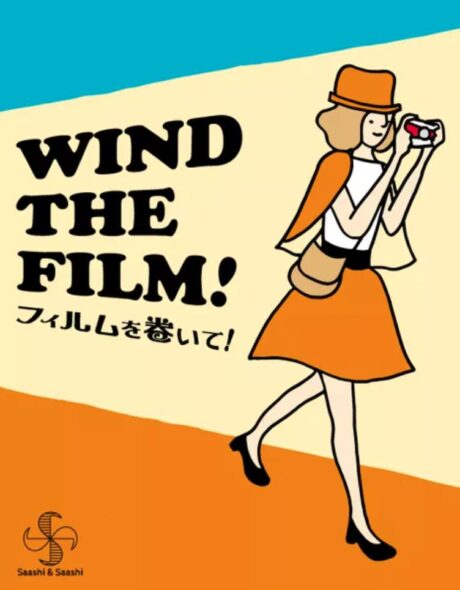
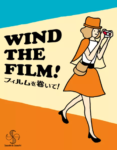


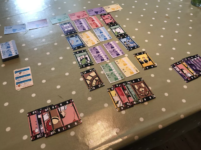
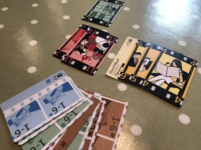



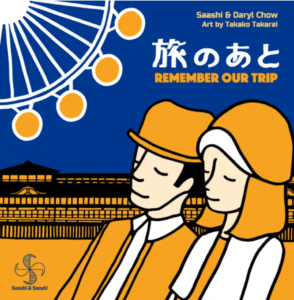
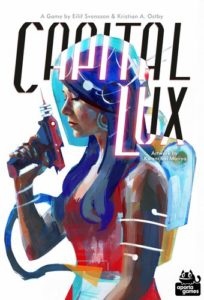
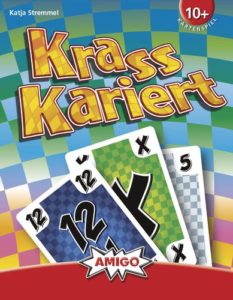

Sam says
Reading that explanation back it sounds kind of mathsy, mechanical and pretty abstract - and to be honest, it is all those things. It's not a card game where the theme comes through in any way other than the fact your 'pictures' make more sense in order, and numbers have an order too. But like all Saashi games, I delight in the presentation, the screwy scoring, and a quirkiness that feels borne of fascination with play rather than a desire to be 'whacky'. It's not quite as bonkers as Take the A Chord, but although it's hard to explain in a way that sounds palpably fun, it's a little more accessible and hidden in that tiny box is also a seam of player interaction, as particularly late-game you can harpoon each other by taking cards someone else clearly needs. Not my favourite by this designer (that's Remember Our Trip), but by no means a dud either, and one I always enjoy.